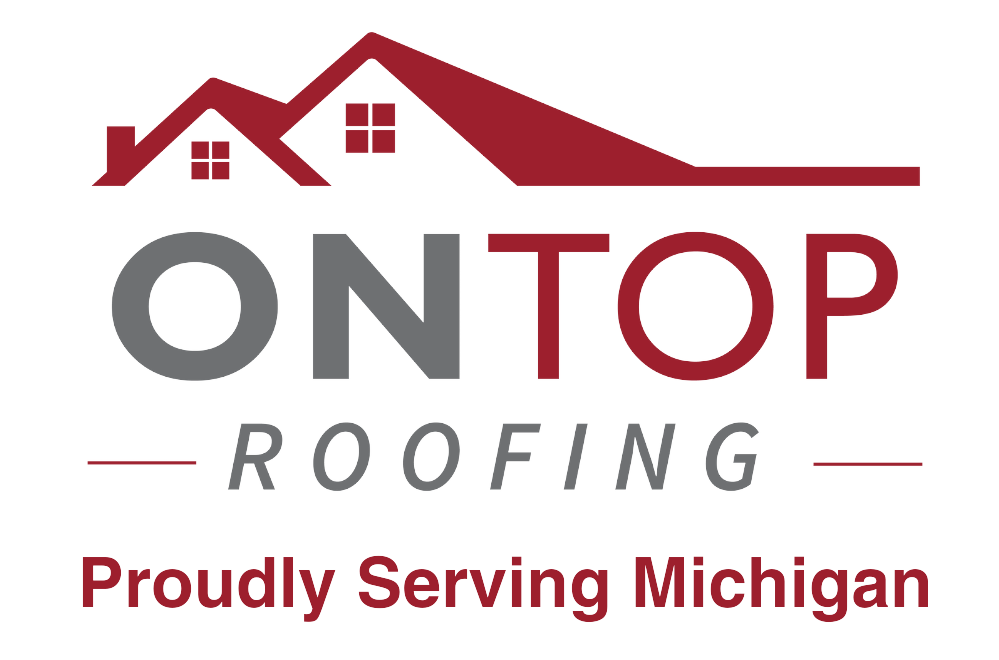
Spring is finally here, and as the snow melts away, it’s time to assess how your roof held up through the harsh winter months. Freezing
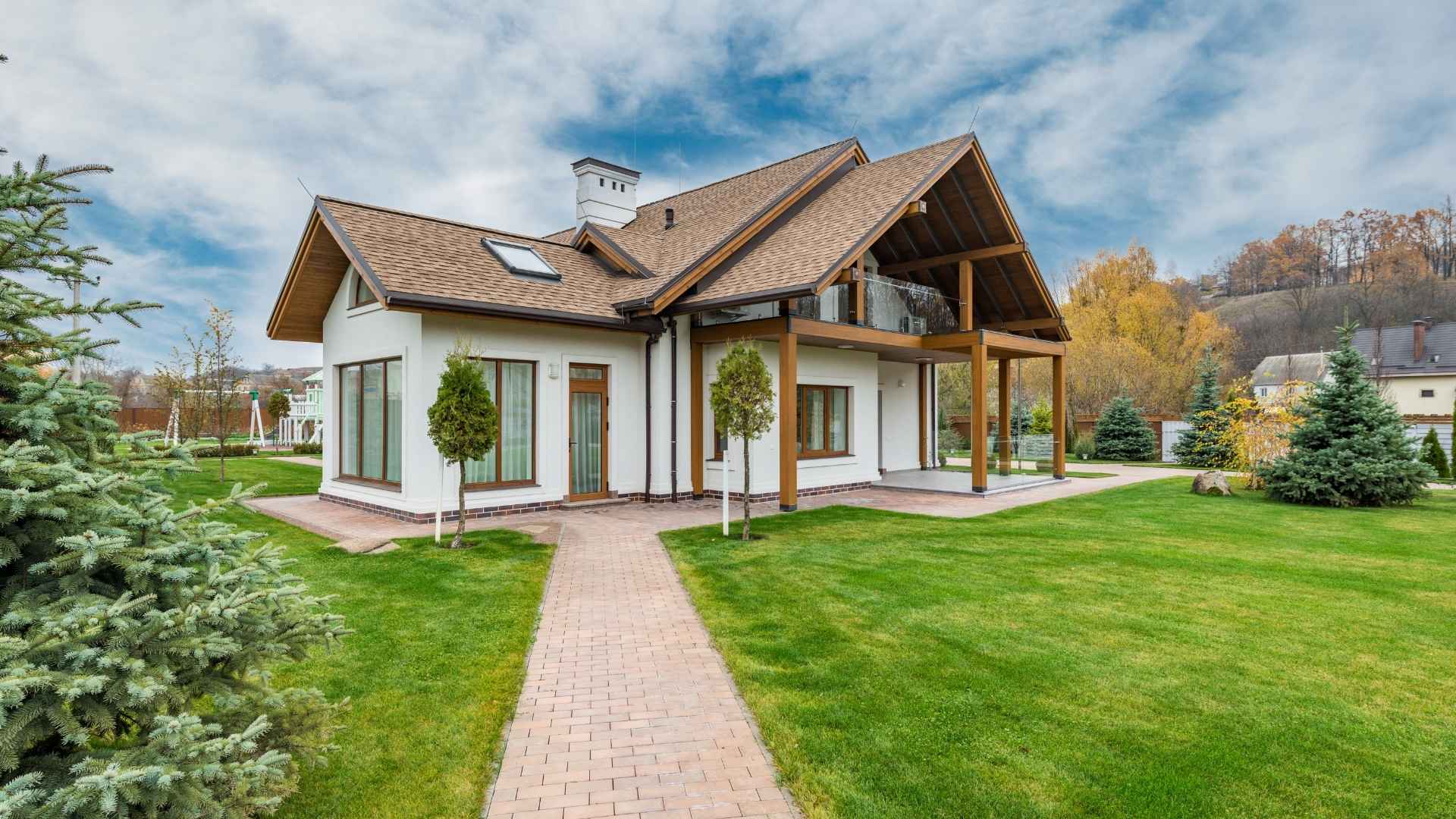
In recent years, there has been a growing interest in sustainable building practices and environmentally friendly home improvements. As homeowners become more aware of the impact their homes have on the environment, they are seeking ways to reduce their carbon footprint and create more eco-friendly living spaces. One area of focus in this movement towards sustainability is roofing. Green roofing options offer homeowners the opportunity to not only reduce their environmental impact but also improve energy efficiency, enhance air quality, and increase property value. In this article, we’ll explore some of the green roofing options available and their benefits for homeowners.
Vegetative or green roofs are becoming increasingly popular as a sustainable roofing solution. These roofs feature a layer of vegetation, such as grasses, plants, or even trees, planted on top of a waterproof membrane. Green roofs offer numerous environmental benefits, including:
Cool roofs are designed to reflect more sunlight and absorb less heat than traditional roofing materials, reducing the amount of heat transferred into the building and lowering cooling costs. Cool roofing materials come in various forms, including:
Another sustainable roofing option is the use of recycled or eco-friendly roofing materials. These materials are made from renewable resources or recycled content and offer several environmental benefits, including:
Green roofing options offer homeowners a variety of sustainable options to reduce their environmental impact, improve energy efficiency, and create healthier living spaces. Whether opting for a vegetative roof to enhance stormwater management and biodiversity, installing a cool roof to reduce heat absorption and lower cooling costs, or choosing recycled and sustainable materials to minimize resource consumption and indoor air pollution, homeowners have numerous opportunities to make their roofs more eco-friendly. By investing in green roofing options, homeowners can not only contribute to a more sustainable future but also enjoy long-term savings, improved comfort, and increased property value.

Spring is finally here, and as the snow melts away, it’s time to assess how your roof held up through the harsh winter months. Freezing
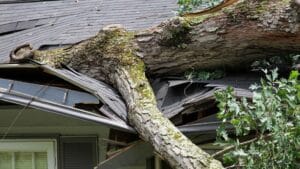
Storms can wreak havoc on homes, leaving behind significant damage to roofs that may go unnoticed until leaks or structural issues arise. Addressing storm damage
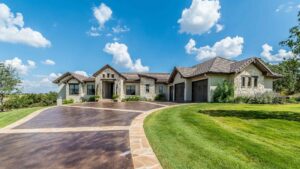
Your roof is one of the most important components of your home, providing protection from the elements and ensuring your family’s safety and comfort. However,
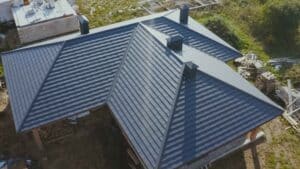
When it comes to maintaining the longevity and efficiency of your home, roof ventilation and insulation play critical roles. While many homeowners focus on the
"*" indicates required fields
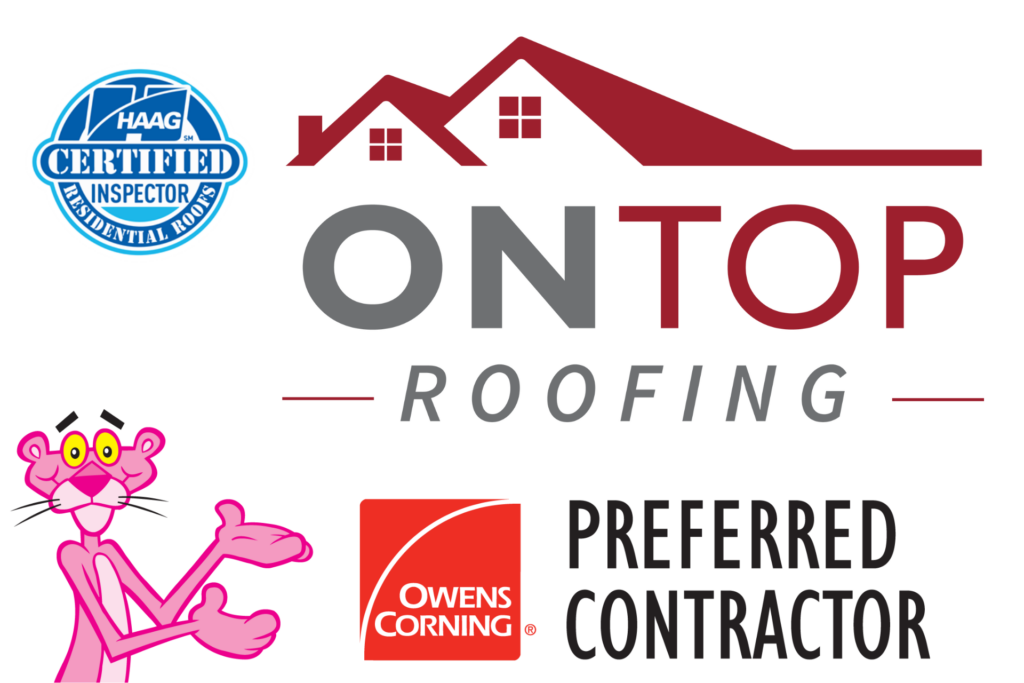
Take advantage of our free inspection and free second opinion offer and receive a complimentary estimate for any new installation service.
